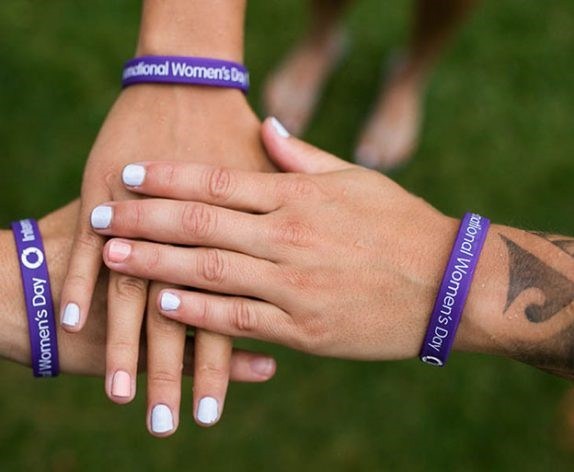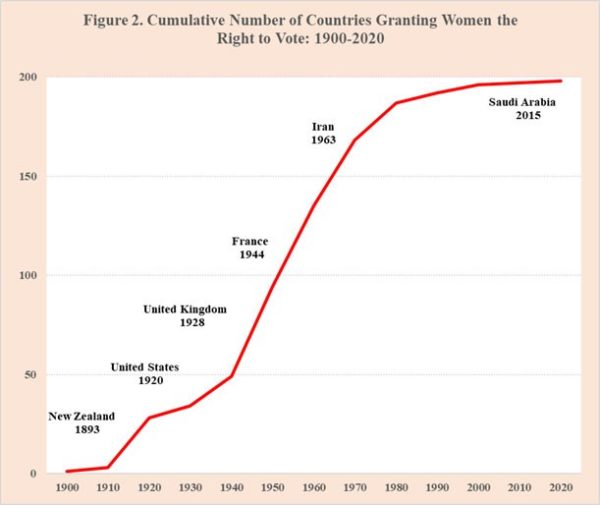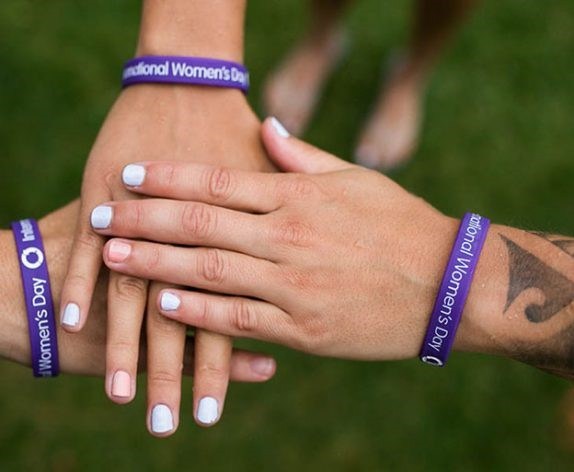
HAVANA TIMES – A minority of the world‘s population appears to be misogynistic and continues to oppose efforts to achieve gender equality and empower women and girls. The misogynistic minority cannot be permitted to undermine gender equality policies supported by large majorities of the public worldwide.
çNational surveys across different regions of the world find large majorities of the public supporting gender equality and saying it is very important for women in their country to have the same rights as men.
The majorities supporting gender equality vary from highs of 90 percent or more in countries such as Canada, Sweden and the United Kingdom to lows of approximately 55 percent in Kenya, Russia and South Korea (Figure 1).

Among the misogynistic minority too many consider women as inferior to men, treat them as their personal property, deny them control over their lives and bodies, restrict their political, social and economic rights, and too often ridicule, intimidate and physically abuse them.
The misogynists also generally dismiss the fundamental principles of the equality of men and women enshrined in international documents, treaties, declarations and instruments, such as the Universal Declaration of Human Rights. Misogynists also tend to oppose the gender equality laws and policies that are incorporated in many regional treaties and national instruments.
The current struggle for gender equality follows a lengthy history of oppression of women through men’s use of authority, law, physical force and violence. In many societies around the world, women and girls have been unjustly held back from achieving full equality and enjoying their basic human rights.
In nearly all societies in the past women were under the control of their fathers and husbands and held back from making personal decisions and achieving equality with men.
In general, women had few options or choices for supporting themselves outside of marriage and were wed or forced to marry typically at relatively young ages with the primary aims being to provide sexual relations, bear children and maintain or work in a family household.
It was only until around the beginning of the 20th century did countries begin passing legislation ensuring women the right to vote and stand for election. The first country to permit women to vote was New Zealand in 1893. About a decade later, it was followed by Australia, Finland, Denmark and Iceland.
A couple of decades later, women were granted the right to vote in the United States and the United Kingdom. Approximately a century later, the most recent countries allowing women to participate in elections are Bhutan, Kuwait, Saudi Arabia and the United Arab Emirates.
By around the middle of the 20th century, more than half of all countries had granted women the right to vote, although some initially had restrictions for women of certain backgrounds based on age, education, marital status or race. Today none of the world’s nearly 200 countries bar women from voting because of their sex (Figure 2).

Various organizations have compiled rankings and indexes indicating the standing of countries on gender equality and the rights and well-being of women. Among the countries with some of the highe


